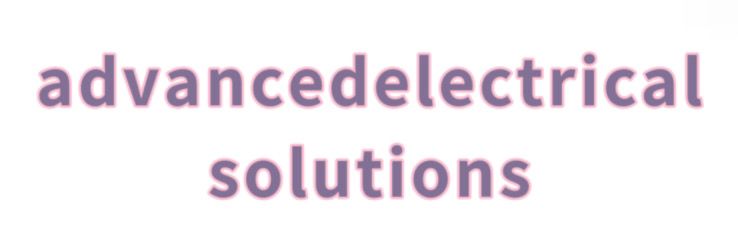How Do Carbon Film Resistors vs. Wirewound Resistors Work?
# How Do Carbon Film Resistors vs. Wirewound Resistors Work?
Understanding the differences between carbon film resistors and wirewound resistors is crucial for anyone working in electronics or electrical engineering. These two types of resistors each have their own unique functionalities, advantages, and applications, making them suitable for different scenarios. This article will explore their characteristics in detail, helping you make informed decisions based on your specific needs.
## Fundamental Construction.
Carbon film resistors are constructed using a thin film of carbon that is deposited onto a ceramic substrate. This carbon layer provides resistance by limiting the flow of electric current in a circuit. The resistance value can be adjusted during manufacturing by altering the thickness or composition of the carbon film. Their compact size and light weight make them convenient for various applications.
In contrast, wirewound resistors consist of a resistive wire, typically made of nickel-chromium alloy or other metal materials, wound around a ceramic or plastic core. This design allows for higher power ratings and greater precision in resistance values. The broad range of wire diameters and materials used offers versatility in achieving specific resistance and temperature coefficients.
## Temperature Coefficients.
Temperature stability is another critical aspect where these two resistor types diverge. Carbon film resistors generally have a higher temperature coefficient, meaning their resistance can change significantly with temperature fluctuations. This property can be problematic in sensitive applications, such as precision measurement devices.
Wirewound resistors, on the other hand, exhibit superior temperature stability, maintaining their resistance across a broader temperature range. This makes them especially useful in high-temperature environments or applications that require consistent performance, such as automotive and industrial machinery.
## Power Dissipation Capacity.
Power dissipation is an essential feature that can dictate the suitability of a resistor for particular applications. Carbon film resistors typically have lower power ratings compared to wirewound resistors. Their maximum power rating usually does not exceed a few watts, which limits their application in high-power circuits.
Conversely, wirewound resistors excel in power dissipation capabilities. They are capable of handling substantial amounts of current without overheating, making them ideal for high-power applications such as audio amplifiers and power supplies. Their construction allows for efficient heat dissipation, further enhancing their reliability in demanding environments.
Additional reading:Key Questions to Ask When Choosing Ceramic Capacitors vs. Film Capacitors
Electronic Components & Supplies
## Noise Levels and Signal Integrity.
Another critical factor to consider is noise, which can adversely affect electrical circuits. Carbon film resistors generally produce low levels of noise, making them suitable for applications in audio and RF circuits. However, their noise levels may increase under extreme conditions or in high-frequency scenarios.
Wirewound resistors, while generally more stable, can introduce higher inductance into the circuit due to their winding structure. This can potentially distort high-frequency signals. Therefore, in sensitive RF applications where signal integrity is paramount, carbon film resistors may be a more favorable choice.
## Applications and Use Cases.
The unique features of carbon film and wirewound resistors position them for varying applications. Carbon film resistors are often found in consumer electronics, where space and cost efficiency are crucial. They leverage their lower noise levels for applications requiring minimal interference, such as audio processors.
Wirewound resistors, with their robustness and high power handling capabilities, are suited for industrial and automotive applications. They are ideal in environments that demand reliability, such as motor drives and power regulation systems. Their capacity to sustain high energy makes them indispensable for power electronics.
## Conclusion: Making the Right Choice.
Both carbon film resistors and wirewound resistors have their respective strengths and weaknesses. Carbon film resistors excel in low-noise applications, while wirewound resistors outperform in high-power scenarios and environments requiring reliability. The choice between the two will depend on factors such as application requirements, cost constraints, and performance expectations.
As technology advances, the demand for efficient and reliable resistors continues to grow. It’s essential for engineers and designers to keep abreast of developments in resistive technologies. By understanding the characteristics and applications of both carbon film and wirewound resistors, you can make informed decisions that enhance the efficiency and performance of your electrical designs.
Contact us to discuss your requirements of Glass Glaze Resistors vs. Metal Oxide Resistors, glass glaze resistor, wholesale power resistor for sale. Our experienced sales team can help you identify the options that best suit your needs.
None

Comments